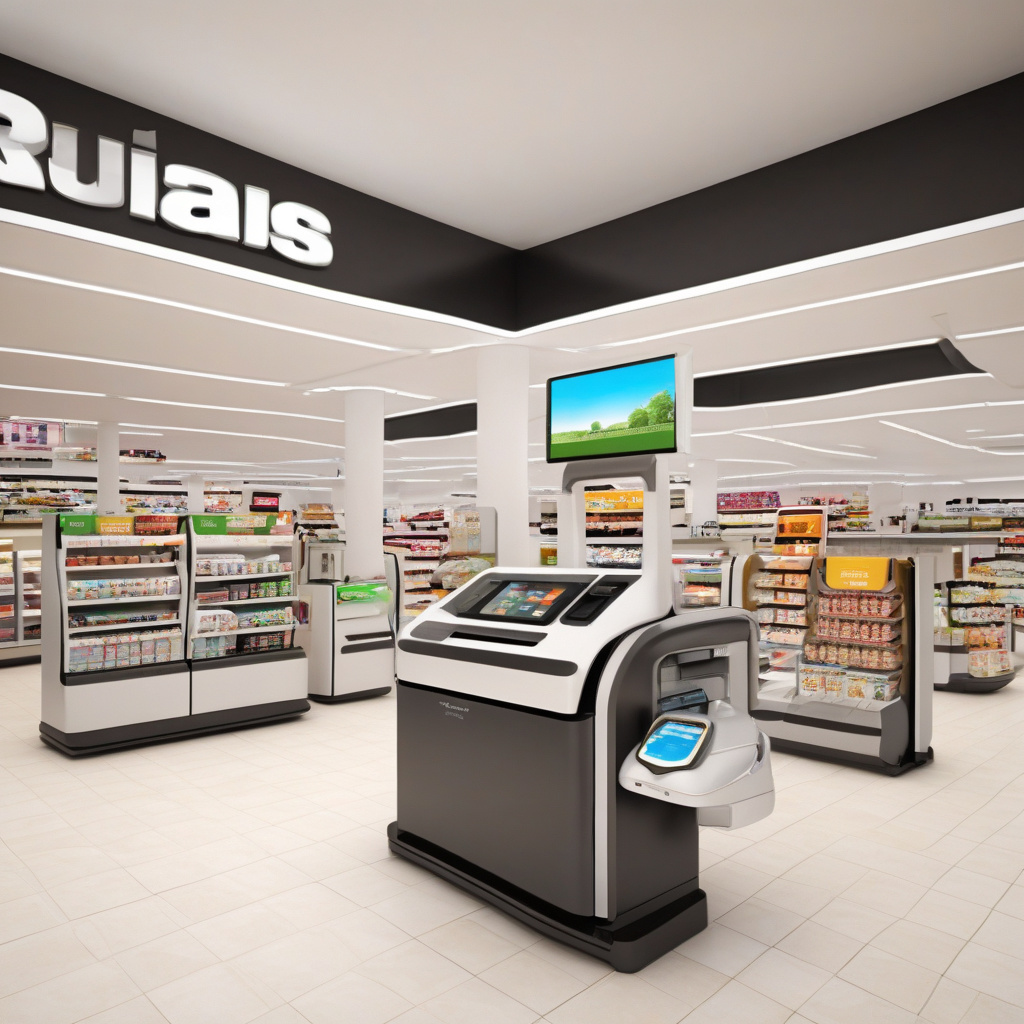How Retailers are Helping Lower Emissions and Costs with Automation
As industries around the globe face increasing pressure to reduce their carbon footprint, the retail sector is rising to the challenge. Accounting for nearly 25% of global emissions, this sector is not only responsible for its own energy usage but also for emissions generated throughout the entire value chain, including transportation and manufacturing. With physical stores being a significant contributor to this figure, retailers are increasingly turning to automation as a viable solution to reduce emissions while simultaneously cutting costs.
The integration of automated technologies into retail operations offers a twofold advantage: it enables businesses to enhance operational efficiency and minimizes their environmental impact. For instance, the use of automated inventory management systems can lead to more precise stock control, reducing waste associated with overstocking and spoilage. By leveraging data analytics, retailers can predict demand more accurately, ensuring that products are available when needed without excess inventory taking up space and resources.
One notable example of automation’s positive impact on emissions comes from Honeywell, a leader in industrial automation solutions. Honeywell’s energy management systems help retailers optimize their energy use by analyzing real-time data to adjust heating, cooling, and lighting in stores. This not only reduces energy consumption but also lowers operational costs. Retailers like Walmart have reported significant savings through such systems, showcasing how automation can facilitate both sustainability and economic efficiency.
Moreover, automated logistics and supply chain solutions are transforming how retailers manage their operations. With advancements in robotics and data analytics, companies can optimize transportation routes, thereby reducing fuel consumption. Automated vehicles and drones are starting to play a crucial role in last-mile delivery, which is often the most carbon-intensive part of the supply chain. By utilizing these technologies, retailers can minimize emissions associated with transportation while improving delivery times and customer satisfaction.
In addition to logistics, automation is revolutionizing in-store experiences. Smart shelves equipped with sensors can track inventory levels and notify staff when restocking is necessary, ensuring that items are only shipped and displayed when needed. This innovation not only leads to cost savings but also helps in minimizing waste, as products are less likely to go unsold and spoil.
Retailers can also implement automation in their customer service operations, reducing the need for physical interactions that can lead to higher energy use in stores. Chatbots and virtual assistants can handle customer queries, facilitating a more efficient service model while allowing staff to focus on areas that require a human touch. By reducing energy consumption in stores, retailers can further lower their carbon emissions.
The financial benefits of adopting automation are significant. A study by McKinsey estimates that automation can increase productivity by up to 30% in various sectors, including retail. By streamlining processes and reducing waste, retailers can achieve substantial cost savings. These funds can then be reinvested in sustainable practices, such as renewable energy sources or green building initiatives, creating a positive feedback loop for both the environment and the company’s bottom line.
Despite the clear advantages, the transition to automation is not without challenges. Retailers must navigate the initial investment costs associated with technology implementation and the training required for staff to adapt to new systems. However, the long-term benefits often outweigh these hurdles. Companies that embrace automation not only position themselves as leaders in sustainability but also create a competitive advantage in an increasingly eco-conscious market.
The trend towards automation in retail is expected to grow, fueled by advancements in technology and a societal push for more sustainable practices. Retailers that invest in these solutions will likely see a dual benefit: a reduction in operational costs and a significant decrease in emissions.
In conclusion, the integration of automation in retail represents a critical step towards a more sustainable future. By optimizing operations, reducing waste, and lowering emissions, retailers can not only contribute to the fight against climate change but also enhance their financial performance. As the industry continues to adapt and innovate, the path forward appears promising for both the environment and the economy.
retail automation, sustainability, carbon footprint, energy management, cost reduction
